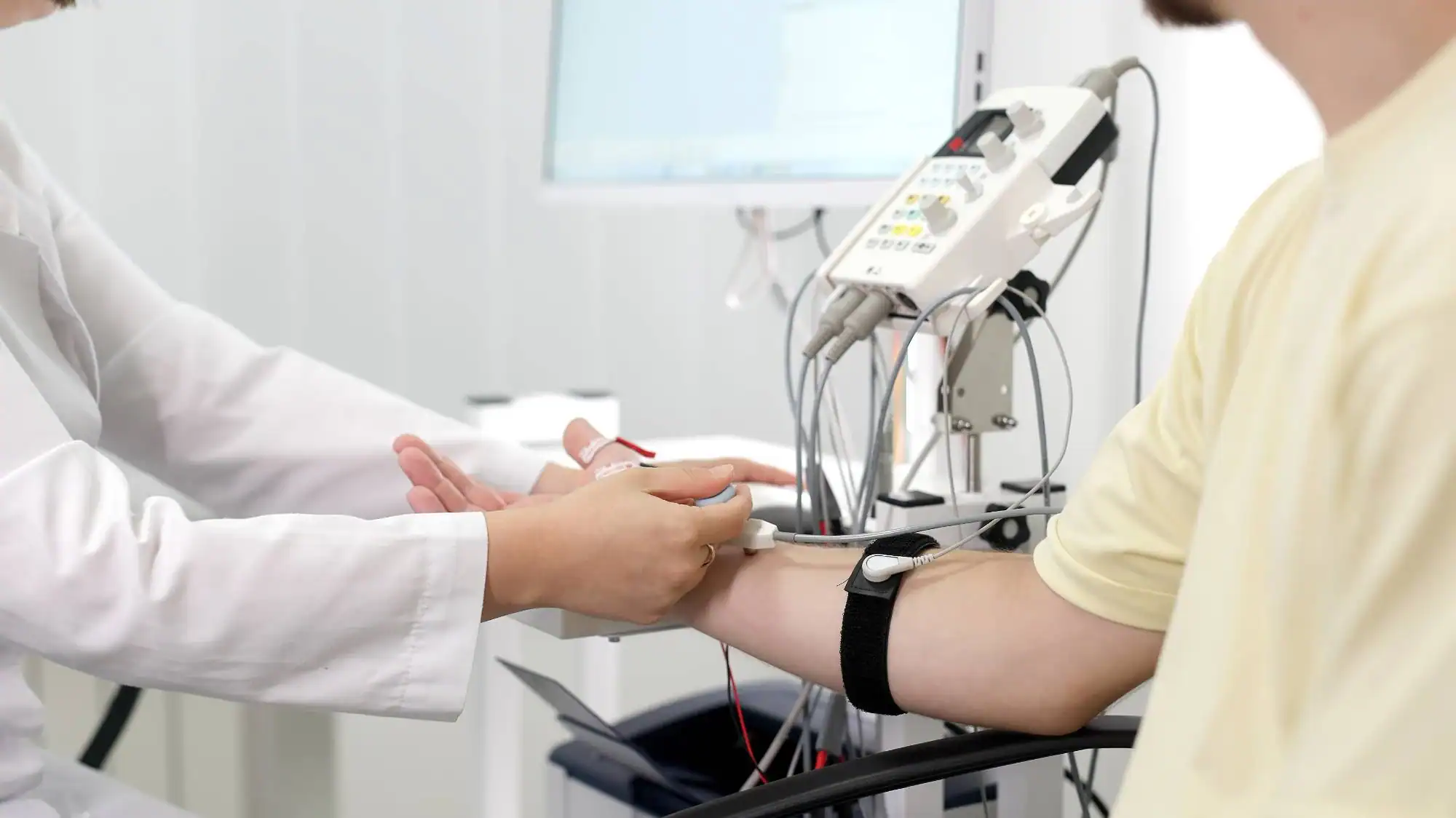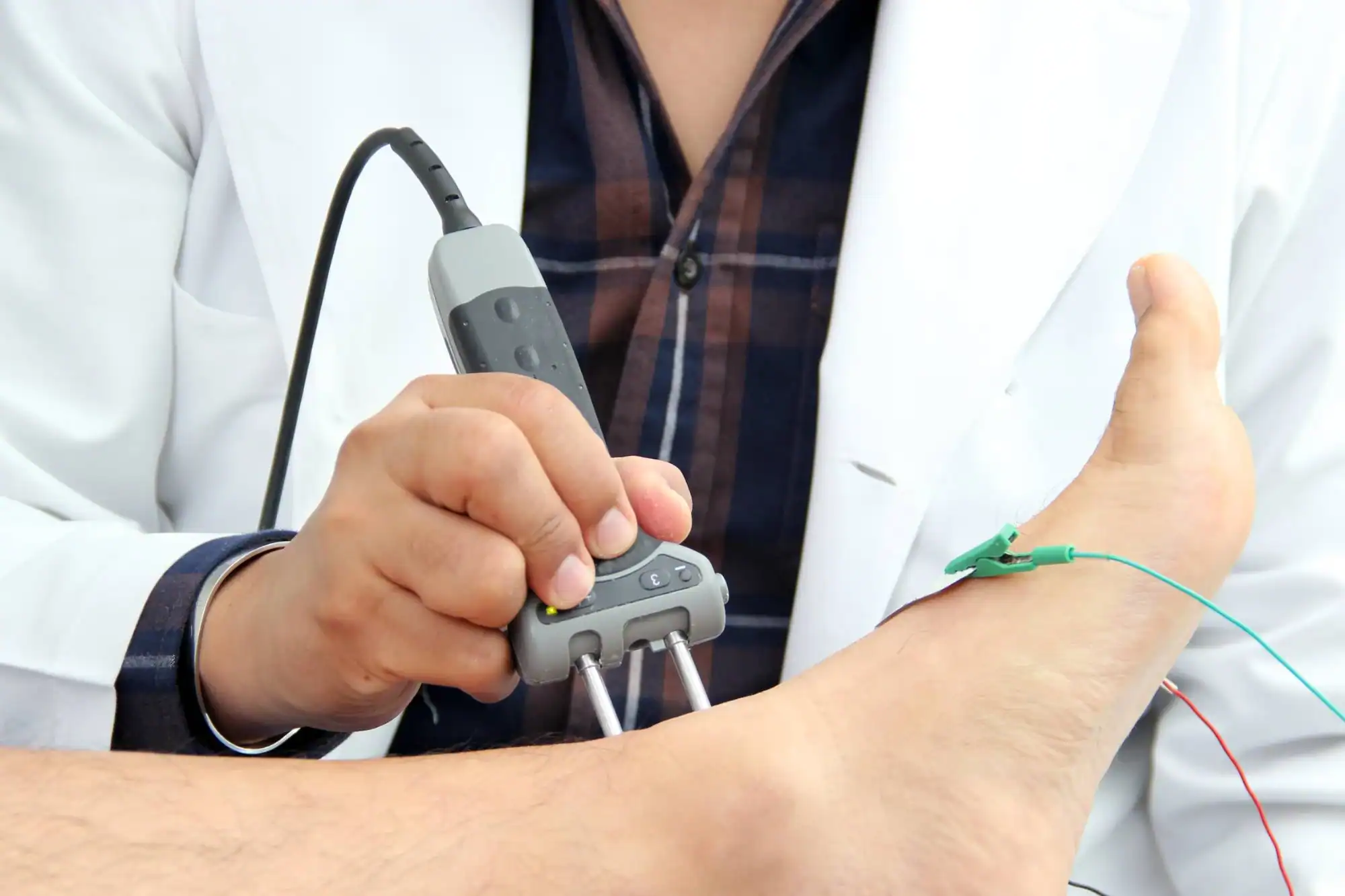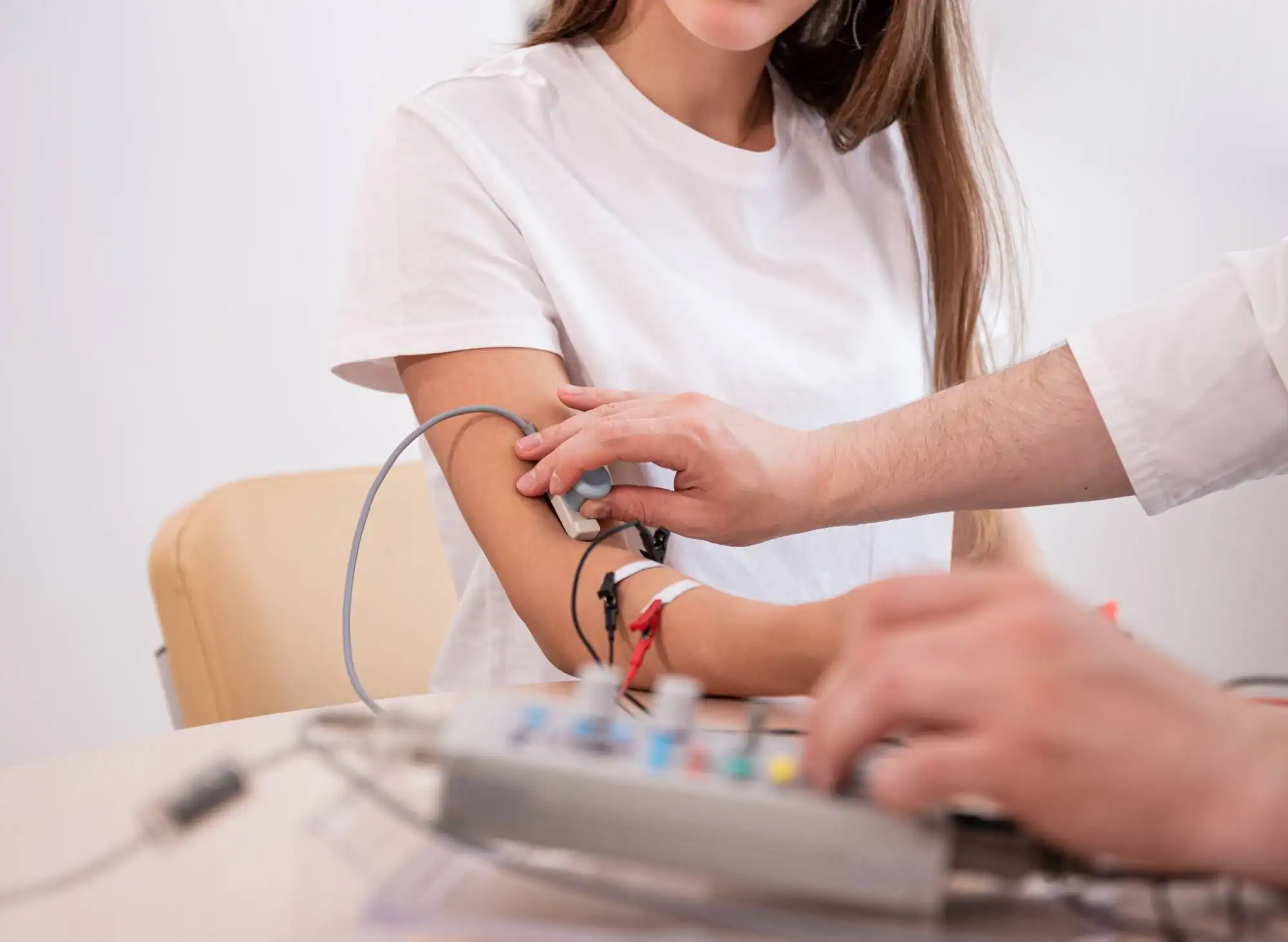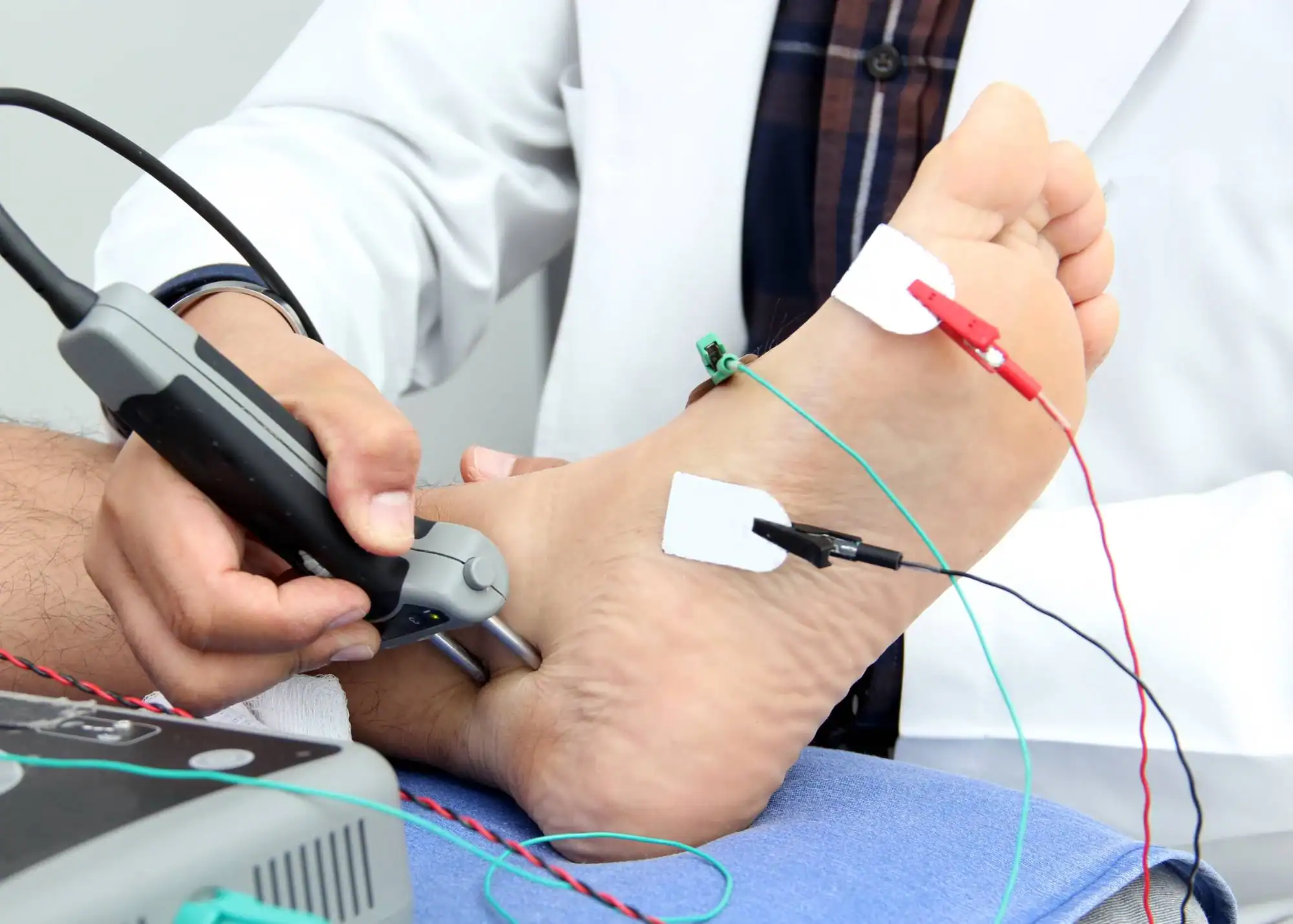Advanced EMG and nerve conduction studies that pinpoint exactly what’s causing your pain, numbness, or weakness.

Reviews

You’ve been dealing with symptoms that don’t make sense. Numbness that comes and goes. Weakness that your doctor can’t explain. Pain that might be nerve-related, but no one’s been able to tell you for sure.
Nerve and muscle testing changes that. These diagnostic tests measure exactly how your nerves and muscles are functioning. They show us where the problem is, how severe it is, and what’s actually causing your symptoms.
No more guessing. No more trying treatments that might work. You get objective, measurable results that tell the real story about what’s happening in your body. That means your treatment can target the actual problem instead of just managing symptoms.
We’ve been providing accurate diagnostic testing to College Point and Queens residents for years. Our focus isn’t on selling you treatments or procedures you might not need.
We specialize in getting you the right diagnosis first. Our board-certified physicians use advanced electrodiagnostic equipment to measure nerve and muscle function with precision. Most of our patients leave with clear answers about their condition and a specific path forward.
That’s what happens when you work with specialists who understand that good treatment starts with accurate diagnosis.

The process involves two main types of testing: electromyography (EMG) and nerve conduction studies. Both are done in the same appointment and usually take 30-60 minutes total.
During nerve conduction testing, small electrodes are placed on your skin. We send mild electrical pulses to measure how fast and strong your nerve signals are. This shows us if your nerves are damaged and where the problem is located.
For EMG testing, a thin needle electrode is inserted into specific muscles to measure their electrical activity. This tells us if your muscles are responding normally to nerve signals or if there’s dysfunction in the muscle itself.
You’ll get your results the same day. We’ll explain what the tests show, what your diagnosis means, and discuss your treatment options. You’ll also receive a detailed report that you can share with other healthcare providers.

Ready to get started?
Your nerve and muscle testing includes a complete evaluation of the areas where you’re experiencing symptoms. We test multiple nerve pathways and muscle groups to get a complete picture of what’s happening.
You’ll receive detailed measurements of nerve conduction velocity, muscle response times, and electrical activity patterns. These objective findings help identify conditions like carpal tunnel syndrome, pinched nerves, peripheral neuropathy, radiculopathy, and muscle disorders.
Most insurance plans cover these diagnostic tests when they’re medically necessary. We handle the insurance verification process and provide transparent pricing information upfront. You’ll also receive a comprehensive written report that other specialists can use to coordinate your care if needed.
